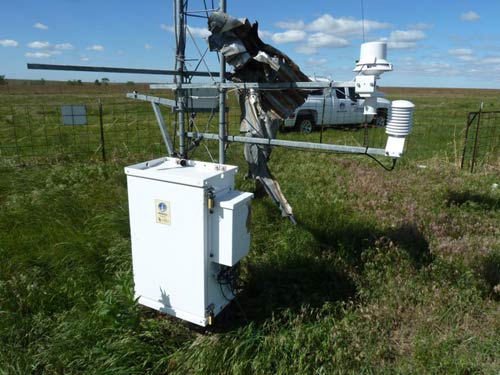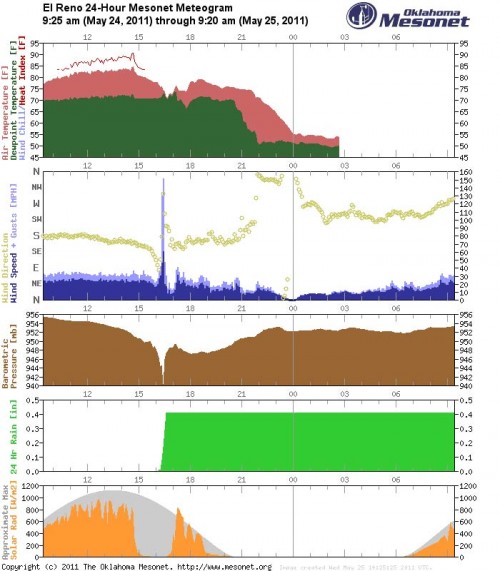by James Stalker, CEO, RESPR, Inc., and Chair, R&D/Testbeds Working Group for the AMS Ad Hoc Committee on a Nationwide Network of Networks
The National Research Council (NRC) report, titled “Observing the Weather and Climate From the Ground Up: A Nationwide Network of Networks (2009),” provided the vision and inspiration for building a team of volunteers from across all three sectors (government, academia, and private) that investigated the
suggestions recommended in the report. This team, comprising six (6) working groups (Organization and Business Models, Architecture, Measurements and Infrastructure, Metadata Policy, R&D and Testbeds, and Human Dimension), spent more than two years considering how to refine the recommendations and tackle the challenges identified in the original NRC report. They also identified other challenges in shaping this type of Nationwide Network of Networks (NNoN), which will be of critical importance to our country’s weather-ready future.
This volunteer team has published additional recommendations compiled into a draft report available at the American Meteorological Society website. Several drafts of this team’s report had been made available to the larger weather and climate enterprise community for comments over many months. The most recent and final version of the report reflects the community input. The readers of this blog are encouraged to read this final report and provide their comments to the Committee Chair and/or any of the Working Group Chairs of the Ad Hoc Committee on Network of Networks.
These volunteer efforts, to date, have certainly tried to solidify the interest of the various stakeholders in a network of this magnitude and of national importance but a lot more work remains to be undertaken. Unfortunately, many challenges remain unresolved. For example, wide-spread support hasn’t been secured for the idea of a central authority for an organizing body of the NNoN. Despite the best efforts by the volunteer team, an appealing organization and business model for such a central body has not been settled on going forward. Other challenges include establishing how to:
- make this organizing body an autonomous body that is not unduly influenced by any one sector,
- make this body a financially sustainable entity in the long run,
- reach all the major stakeholders and get them to support this idea and contribute to its success.
With respect to the third challenge listed above, many of the sought-after stakeholders may not be actively engaged in the weather and climate enterprise community activities and so finding effective ways to reach them becomes an even bigger challenge.
On a positive note, however, the NNoN efforts are going to be discussed again and support will be sought at the AMS Washington Forum in April 2012 and also at the Summer Community Meeting in August 2012 in Norman, Oklahoma. These two venues should prove quite useful for any interested Weather and Climate Enterprise participant and other stakeholders in the overarching effort to build a national asset that the current and many future generations will help nurture and benefit from.




